If you have an outdoor garden, you might understand how insects and pests can be a big problem for you. Especially summers, it is a high season for fleas and ticks. Who likes them, right?
It is interesting to know that certain plant species can naturally repel these pint-sized bloodsuckers. Incorporating such high-quality plants in your garden is the quickest way to take care of an existing flea infestation and help reduce the use of harsh chemicals or medications.
If you face such infestation of fleas in your garden, you should consider reading this article until the end. We have discussed 15 plants that repel ticks, are safe for pets, and have a great smell.
Plants That Repel Fleas and Ticks
All the plants discussed below can be grown in pots and placed in and around any outdoor area to repel insects. You can also make an extract from their leaves and use it as a bug-repellent spray. The best thing about them is that they smell great, which is hated by the fleas. All of these can be easily found in local nurseries or gardening centers.
1. Eucalyptus
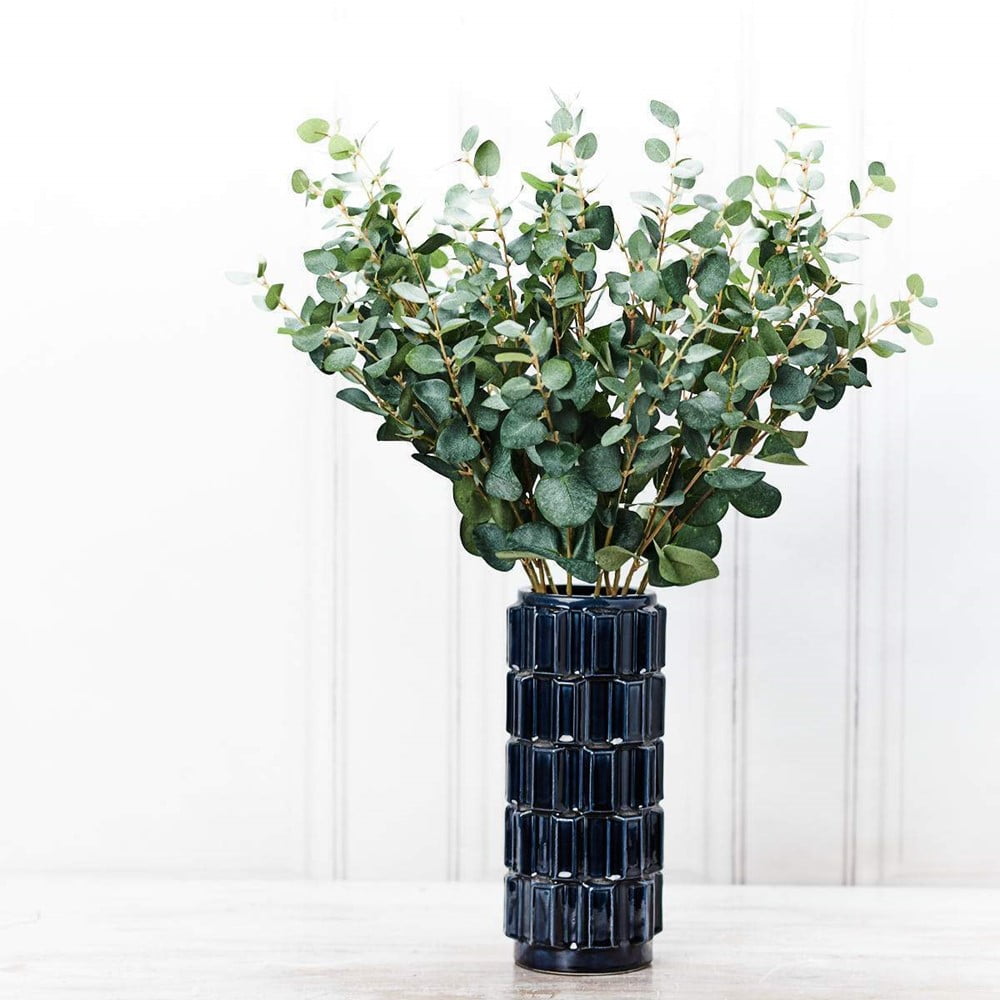
Eucalyptus is known for its fragrant, magical smell. But for fleas, they hate its smell. They also are safe for your pets around.
The leaves of eucalyptus are used to make strong herbal tea. Many people also hang these in their bathrooms to add a eucalyptus smell when they take a shower. They are also an important component of many common products, such as cough drops, throat lozenges, ointments, and chest rubs.
Eucalyptus needs full sunlight and well-drained soil. So, if you are growing it indoors, place it in the sunniest window, preferably south-facing.
2. Sage

Salvia officinalis, commonly by the name Sage is a sun-loving, multi-functional, and easy grow plant. Apart from using it to repel fleas, it can also be used to make teas and incense. The plant does not spread like Mint and is therefore safe to grow without root guards.
This perennial plant has been a staple in the creative kitchen and home herb gardens. It prefers loose, well-drained soil to grow. It dislikes wet roots, so good drainage is crucial to prevent its roots from rotting.
If you plan to gather around a fire, you should try burning a few of these sage leaves. It gives soothing incense when they burn and are also unpleasant enough for most species of insects.
3. Oregano

Origanum vulgare, commonly known as Oregano, is a standard herb grown in many households. It belongs to the mint family, thus sharing common characteristics. It repels fleas and other insects like other members of the mint family. Also, if you have pets and snacking on this culinary herb, it can actually help them digest their food better. It also makes a great tea if you feel like you are getting sick.
4. Mint

Mentha sp. Or mint can be grown in your yard as a repellent for mosquitoes as well as insects. The sharp aroma of mint plants repels not just the flies but other insects as well.
It is best grown outdoors in reasonably rich soil in pots, mostly to keep it contained as it loves to spread. Most mints are easy to grow in a variety of settings, but they thrive best in organically rich but well-drained soil. When planting directly in an open space, keep the earth loose to allow the roots to grow smoothly.
Mint leaves can also be harvested for use in the kitchen once the plant has begun to flower.
5. Basil

Ocimum basilicum, commonly referred to as basil plants, are great for keeping fleas out of the yard. They also attract bees and pollinator insects and are completely safe for your cats and dogs. It not only helps in keeping the bugs away but also surprises them with its pleasant aroma.
pour about 4 ounces of boiling water in a container that can hold about 4 to 6 ounces of fresh basil leaves. Let it steep for a few hours before removing the leaves to squeeze out its moisture. Add 4 ounces of vodka into this mixture, and voila, you are ready to use this spray whenever you are going outdoors.
6. Garlic

Allium sativum, commonly called garlic, are great plants to be grown in your kitchen garden. Planting garlic is a way to deter ticks and fleas from staying in your yard. The insects hate the plant’s scent. Not only the plants but the garlic bulbs also repel the insects.
You can crush the garlic cloves and place them around your yard to stop pests from entering.
7. Chrysanthemums

Chrysanthemums not actually repel mosquitoes but keep away the host of other bugs and insects like aphids, ticks, mites, spiders, etc. They are useful as an insect repellents and essential in aerosol bombs, indoor sprays, and several pet shampoos.
These pretty, decorative flowers can be kept in a pot or planted in the ground where they can grow to become a flowery bush. They also make great tea and are dogs friendly. However, if you have cats, you should probably avoid having these, as they can be toxic to cats if eaten in large quantities.
8. Lavender

There is no question about how beautiful this flower is and how welcoming it can be for your garden. The color and pleasant aroma also add a sweet fragrance to the clothes, drawers, and homes.
Of
Ofcourse, for us, the lavender has calming and soothing fragrance, but it dissuades flies, gnats, mosquitoes, and other unwanted insects. Plant this herb in the sunny areas of your backyard, or place a tied bouquet somewhere inside to keep the flies outdoor. If you are seeking faster results, try using lavender oil in the diffuser, it works as a mosquito repellent.
9. Lemon Grass
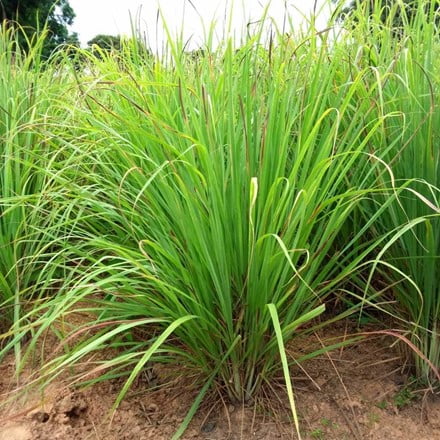
Native to Asia, Lemongrass is widely known as the Citronella Plants. It is ornamental and grows up to a height of 4ft. Citronella candles are commonly seen in the market and are used to get rid of mosquitoes in the house.
Citronella is basically a natural oil found in the Lemongrass and is believed to help you get rid of mosquitoes. Plant them near walkaways or near sitting areas, preferably in large planters, so that you can move them around easily for pest control.
10. Rosemary
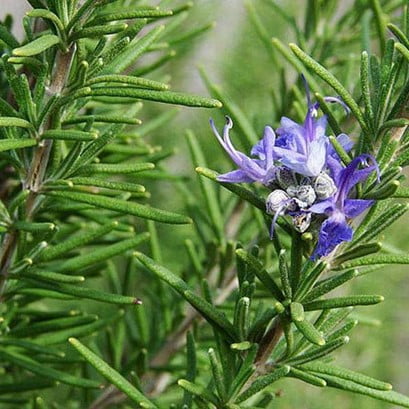
Rosemary or Rosmarinus officinalis is an essential herb that you might want to have in your kitchen garden. It has both culinary purposes and can help get rid of fleas as well. They are also safe for pets.
Rosemary can be a large bush if planted on the ground. It attracts bees and butterflies while keeping flies away. Being an evergreen plant, it looks good throughout the year. Its pungent smell drives away the cabbage moths and other bugs from the garden.
The plant loves full sun and well-drained, loosened soil for optimal growth. Sage and rosemary grow well together, so you combine these two plants to increase the repelling power.
11. Marigold
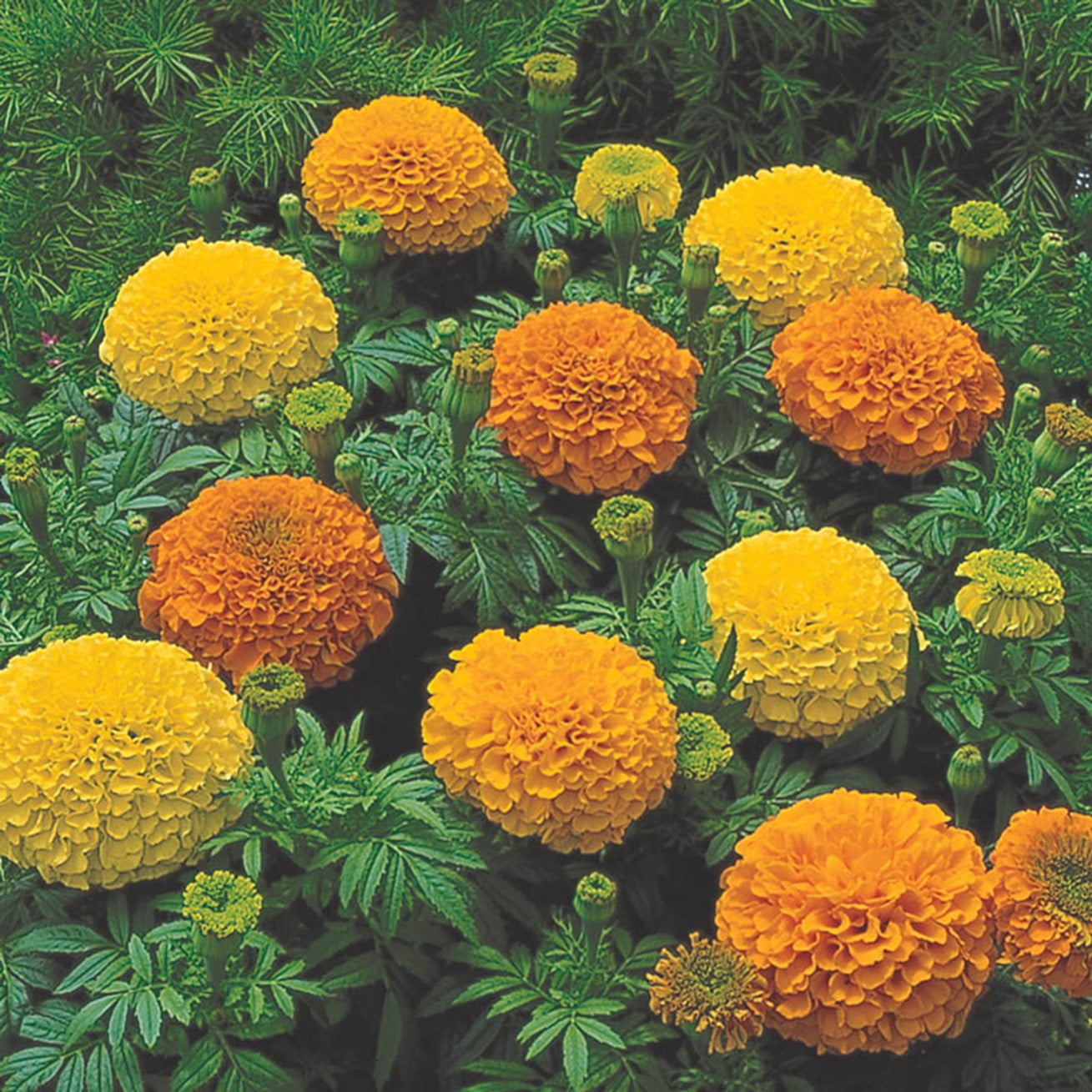
Marigolds should be grown in every garden. Not only are they beautiful in appearance, but they also are multi-functional. Its unpleasant smell helps keep the unwanted tiny-nibblers away from your backyard.
Pyrethrum, a powerful ingredient of most insect repellents, is naturally found in marigold flowers. It has a distinctive small that keeps mosquitoes, aphids, and other insects away.
They also release a compound called limonene which deters or slows down whiteflies found hovering around tomato plants. If you are thinking about growing fresh tomatoes, you might consider planting a few marigolds around.
12. Catnip
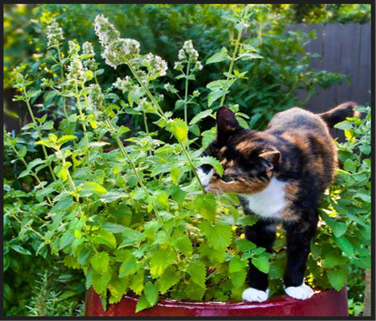
Nepeta cataria, commonly known by the name of Catnips, can be used to repel fleas. They serve the dual purpose of repelling fleas and being safe for pets. Especially if you have cats, they may like it a bit more. It contains a chemical called nepetalactone which attracts cats but repels insects like mosquitoes, flies, cockroaches, and deer ticks.
Catnip is an herb and belongs to the Lamiaceae family and has a beautiful smell that does not attract fleas. They grow best in well-draining soil in the full sun but can tolerate part sun and a wide variety of soil types.
The herb can also be dried and used as a tea to help you get good sleep.
13. Alliums

Alllium giganteum is a member of strong-smelling Allium family. It has dramatic round flower heads which stand on 6 feet tall stalks. They are known for repelling many kinds of insects. It again serves the dual purpose of adding beauty to your garden and keeping it pest or insects free.
The strong fragrance of Alliums is disliked by mosquitoes, so you will not find them around this plant. They also repel many insects, which destroys vegetable gardens.
Mostly, plants like cabbage, potato, tomato, carrots, etc., generally get benefitted from having this flowering plant.
14. Petunias

Petunias, with their lovely purple colors, can make a beautiful addition to any garden. It also repels some of the insects and pests that might destroy your vegetable garden.
In fact, petunias are one of the best natural pesticides and are commonly grown by farmers in every vegetable farm. They are easily available, and their presence enhances the beauty of any space.
It is low maintenance, so you do not really have to look after the plant now and then. Just place or plant them in sunny areas, and you will see them happy always.
15. Bay Leaves

Bay leaves are an important ingredient in soups and spaghetti sauces, but most importantly, they are also known to repel insects. Just sprinkle some dried bay leaves around the house; you will understand how effective these are at repelling unwanted insects.
The pungent smell of bay leaves is believed to help ward off the pests from your home. However, they might lose their efficacy with time as their smell wears off. So, you can keep your home clean by replacing them weekly and without worrying about using any toxins.
Final Thoughts
To find the best one for you, measure the amount of space you want to dedicate to such insect-repelling plants. It will help you analyze the space better, and then you can easily decide which herb or ornamental you want to plant in that place.
The best part of having these in your garden is that they do not enhance the beauty of your garden but also helps keep the insects out of your garden or the house.
Now, since we have reached the end, we hope it has helped you find a few plants that will ideally suit your needs.

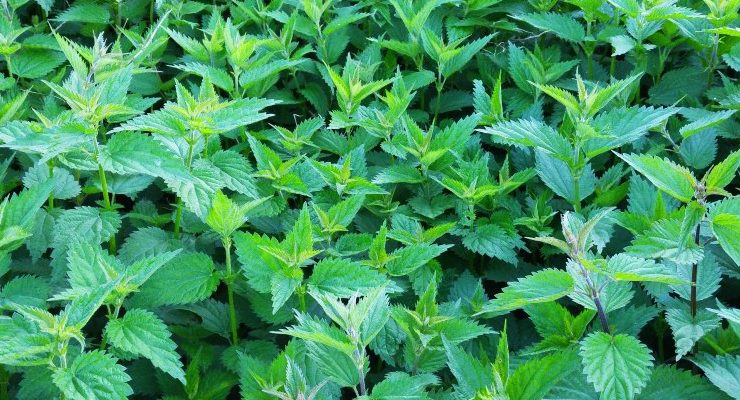



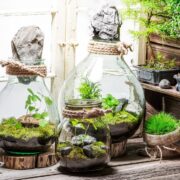
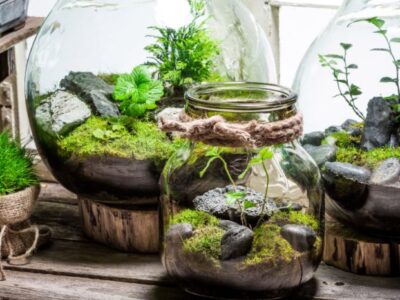

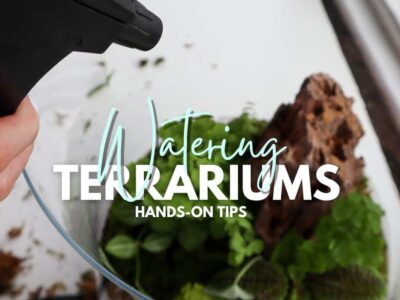
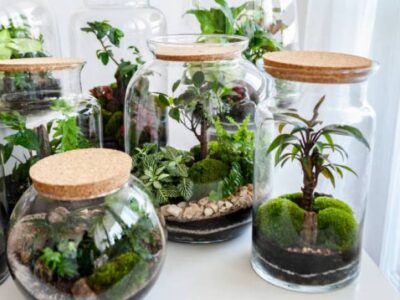
Comments